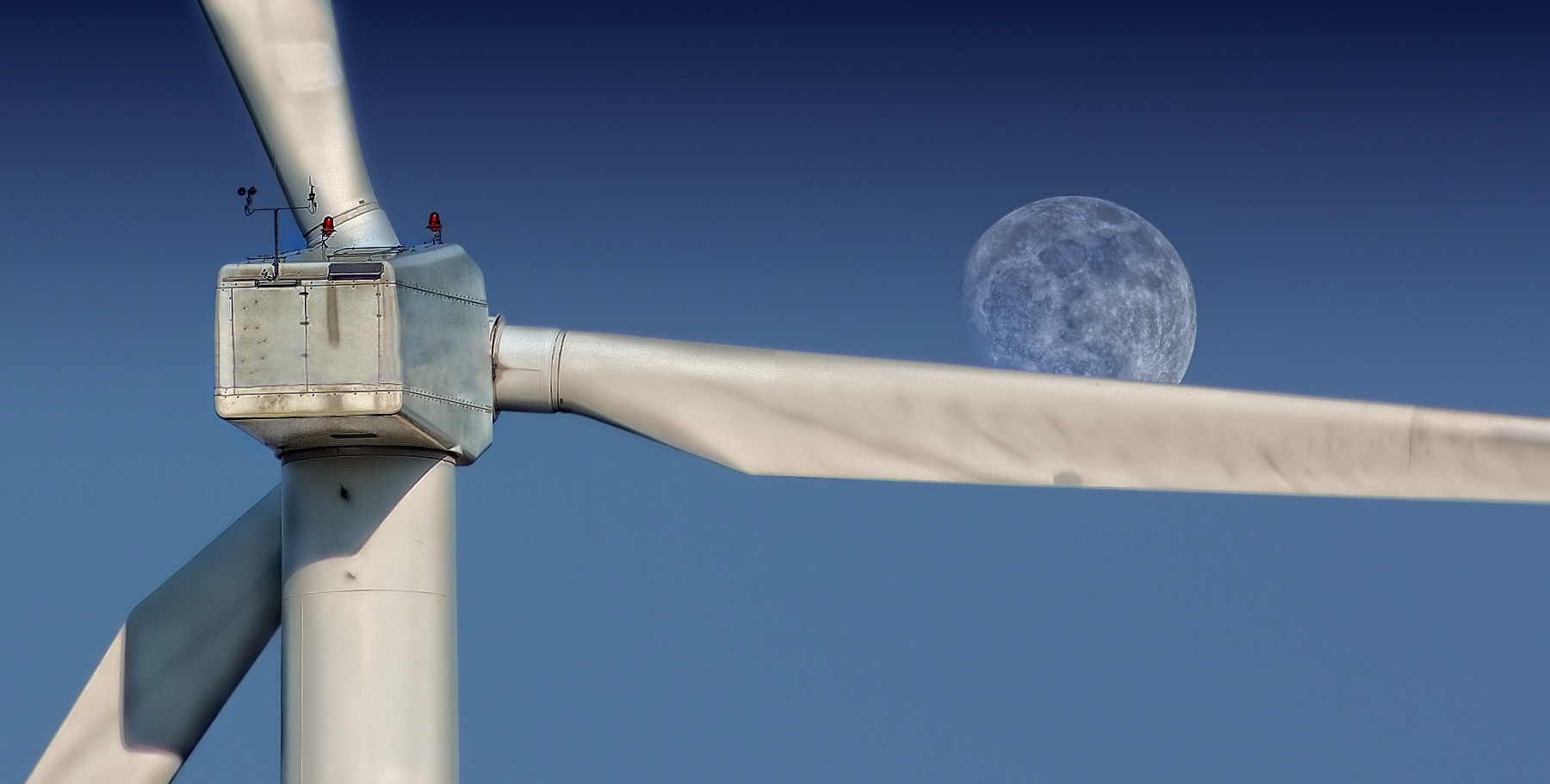As wind power and renewable energy projects continue to grow, wind turbine repowering has become more prevalent. According to the National Renewable Energy Laboratory, the total value of repowering market is estimated at $25 billion through 2030. Because of the tax law changes in December 2015, many wind projects are realizing the value of repowering their wind turbines, and want to take advantage of the extended Renewable Energy PTC program before it phases out completely.
Full repowering is when the original wind turbine is dismantled or replaced with new and improved equipment to increase wind power efficiency and life extension. Partial repowering is the process of replacing damaged or aged parts with uprating equipment, like a blade or generator, to increase energy production.
Consumers and investors are realizing the value and benefits of repowering wind farms, including a lower cost to consumers and a higher performance of turbines. Last year alone, the wind industry completed 15 partial repowering projects, totaling 2136 MW, according to an article in Inside Climate News. The ultimate goal of repowering wind farms is to increase the capacity of the wind site with fewer turbines.
Although the turbines are designed with lifespans of 20-25 years capacity factors decline with age as the mechanical parts degrade. On average, energy production decreases about 1.6% each year as the turbine ages. Repowering is designed to increase energy production of the turbine by an estimated 25%, according to U.S Energy Information Administration.
Suppliers have been able to create larger and more energy efficient turbines with longer lifespans by upgrading select major components within the turbine. For example, upgrades may include a new drivetrain, gearbox, better control systems, larger generators and longer blades.
A typical wind turbine endures billions of load cycles over a wide range of load ratios, causing structural fatigue after its estimated 20-year lifespan, according to NREL. During the repowering process, engineers review the original design and take a closer look at past loading events and design flaws that may have caused premature failure in the previous model. Evaluation of the foundation, operating records and loading history must take place in order to repower any wind farm.
Repowering wind turbines can be pricy, according to an article in Greentech Media. It’s estimated that total O&M spending in the United States and Canada for repowering will top $40 billion dollars between now and 2025. Although it is costly, it’s argued that in the long run repowering will save wind owners money, because instead of completely replacing the entire wind farm, manufacturers can focus on upgrading damaged turbine parts that have already been assembled.
Sentient Science’s flagship software DigitalClone® evaluates the material microstructure of the major and minor components under the loading conditions of the site and produces a lifing model that can be used for trade-off and sensitivity studies that evaluate the return on investment of repowering the site. After repowering is completed, DigitalClone can be used to live monitor the health of the repowered assets. Asset actions are provided for life extension and optimal cost-saving opportunities within the fleet.
Repairing damaged parts to ensure a 25-year lifespan for the turbine is what Sentient Science’s platform DigitalClone does best. DigitalClone is a materials science-based technology that predicts the life and future behavior of each installed wind turbine. The software provides insight into possible failures so that actions can be taken to prevent damage before it even happens. The platform will provide the consumer knowledge of the exact parts they are purchasing, and the life expectancy.
DigitalClone is the start of a whole new way of looking and evaluating the ROI of asset actions to improve the viability and profitability of renewable energy.
###
This article was written by Grace Wilson. Grace is an advertising & marketing major at Michigan State University and is interning at Sentient Science for the Summer of 2018.
